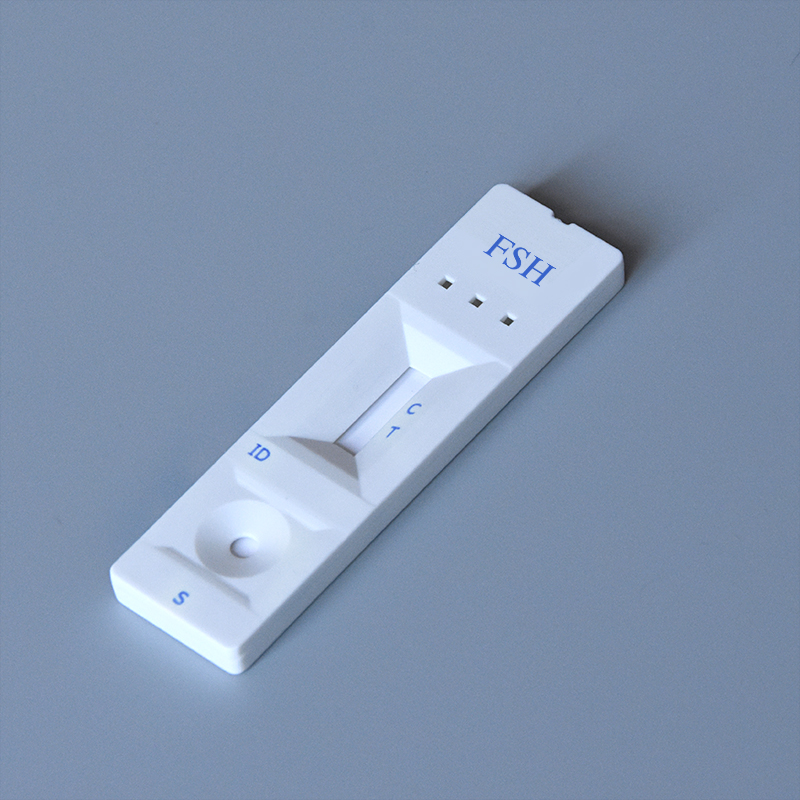Nov . 01, 2024 19:34 Back to list
Understanding Quantitative Hepatitis B Test Results and Their Significance in Monitoring Health
Understanding the Hepatitis B Quantitative Test A Guide for Patients and Healthcare Providers
Hepatitis B is a viral infection that affects the liver and can lead to serious health complications, including chronic liver disease, liver cirrhosis, and hepatocellular carcinoma. Early detection and regular monitoring of hepatitis B viral load are crucial for effective management and treatment of the disease. One of the essential diagnostic tools in this process is the Hepatitis B Quantitative Test, commonly provided by various manufacturers in the field of medical diagnostics.
What is the Hepatitis B Quantitative Test?
The Hepatitis B Quantitative Test measures the amount of hepatitis B virus (HBV) DNA in a patient's blood. This test quantifies the viral load, which provides valuable information about the level of infection and is crucial for making decisions about treatment and management. The results can help healthcare providers determine whether antiviral therapy is necessary, assess the effectiveness of ongoing treatment, and monitor the progression of the disease over time.
Importance of Quantitative Testing
Quantitative testing is particularly important for patients with chronic hepatitis B infection. Unlike qualitative tests that only indicate the presence or absence of the virus, the quantitative test provides a specific number, allowing healthcare providers to gauge the intensity of the infection. This is especially valuable for
1. Treatment Decisions High viral loads may indicate the necessity of starting antiviral therapy. Conversely, a low or undetectable viral load after treatment can suggest effective viral suppression. 2. Monitoring Treatment Efficacy Regular quantitative testing helps in tracking the response to therapy. If the viral load decreases significantly, it indicates that the treatment is working. Conversely, if the viral load remains high or starts to rise, adjustments to the treatment plan might be needed.
hepatitis b quantitative test manufacturer

3. Risk Assessment A higher viral load is often associated with a greater risk of liver damage and complications. Monitoring this parameter can help in stratifying patients according to their risk, enabling more tailored and effective management strategies.
How is the Test Conducted?
The Hepatitis B Quantitative Test is typically performed using a blood sample from the patient. The sample is sent to a laboratory where it undergoes analysis, often using advanced techniques such as polymerase chain reaction (PCR) or other nucleic acid amplification methods. These technologies are capable of detecting and quantifying very small amounts of viral DNA, ensuring accurate results.
Choosing a Reliable Manufacturer
When it comes to the Hepatitis B Quantitative Test, selecting a test from a reputable manufacturer is vital. Trusted manufacturers invest heavily in research and development to ensure their tests are accurate, reliable, and compliant with regulatory standards. Health providers should look for tests that have been validated in clinical settings and have strong endorsements from healthcare professionals.
Conclusion
The Hepatitis B Quantitative Test is an invaluable tool in the management of hepatitis B infection. By providing critical information about viral load, this test supports healthcare providers in making informed decisions about treatment and monitoring. Patients diagnosed with hepatitis B should engage in discussions with their healthcare providers about the importance of quantitative testing and the best course of action based on their individual circumstances. As advancements in testing technology continue, the future of hepatitis B management looks increasingly optimistic.
-
Reliable Early Pregnancy Test Kit Supplier - Multi Plastic Cassette Options
NewsJul.30,2025
-
Transferrin Rapid Test Cassette – Reliable Tumor Marker Detection
NewsJul.29,2025
-
Accurate Follicle Stimulating Hormone Test Kit | Rapid Reliable Results
NewsJul.29,2025
-
High Accuracy LH Ovulation Test Kit - Digital Results & Wholesale Options
NewsJul.29,2025
-
HbsAg Blood Rapid Test Kit for Fast & Accurate Hepatitis B Detection
NewsJul.28,2025
-
Sterile Urine Cup for Safe & Easy Collection | High-Quality Specimen Cups
NewsJul.28,2025

